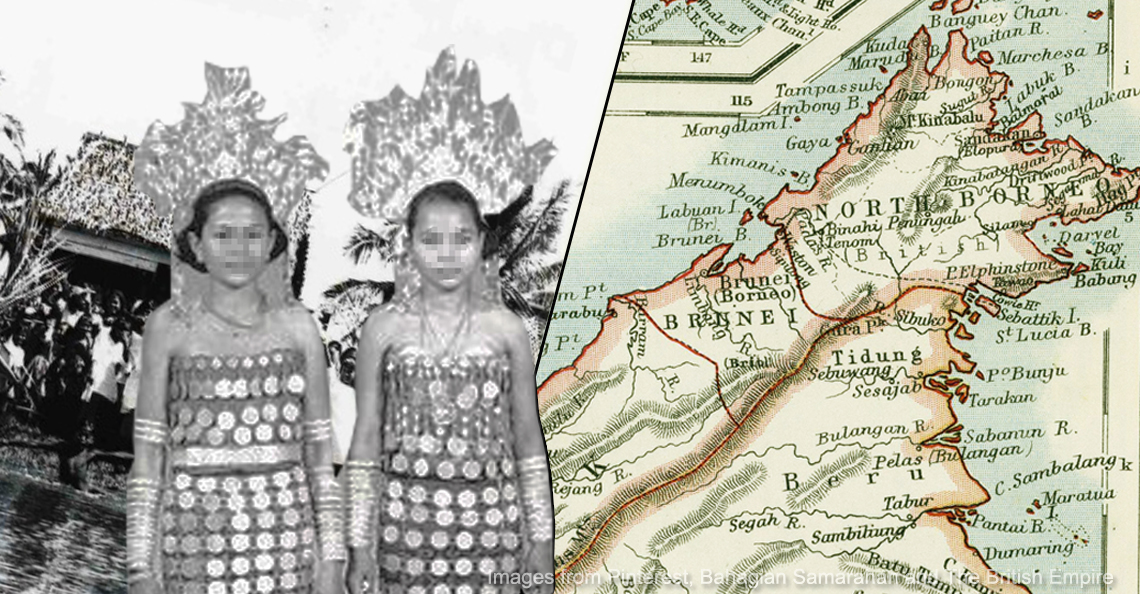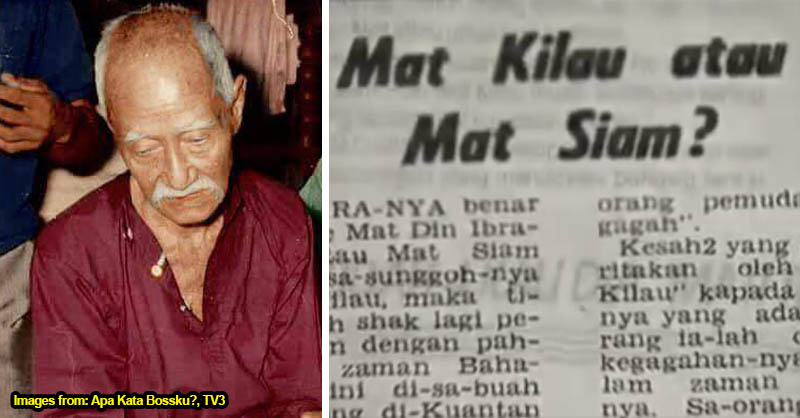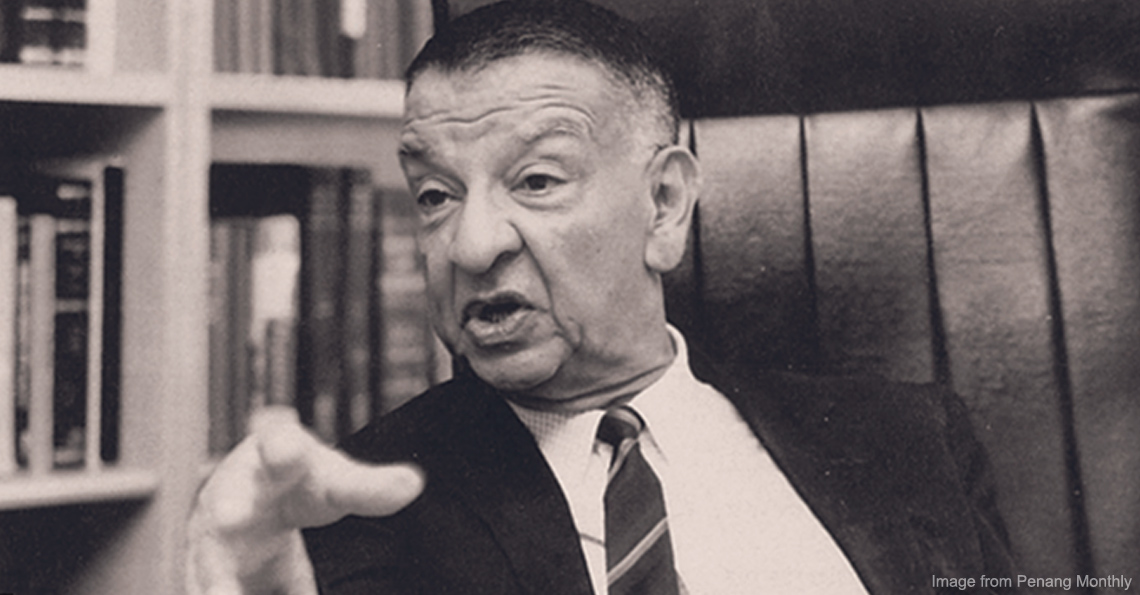Sutan Puasa vs Yap Ah Loy: who actually founded Kuala Lumpur?
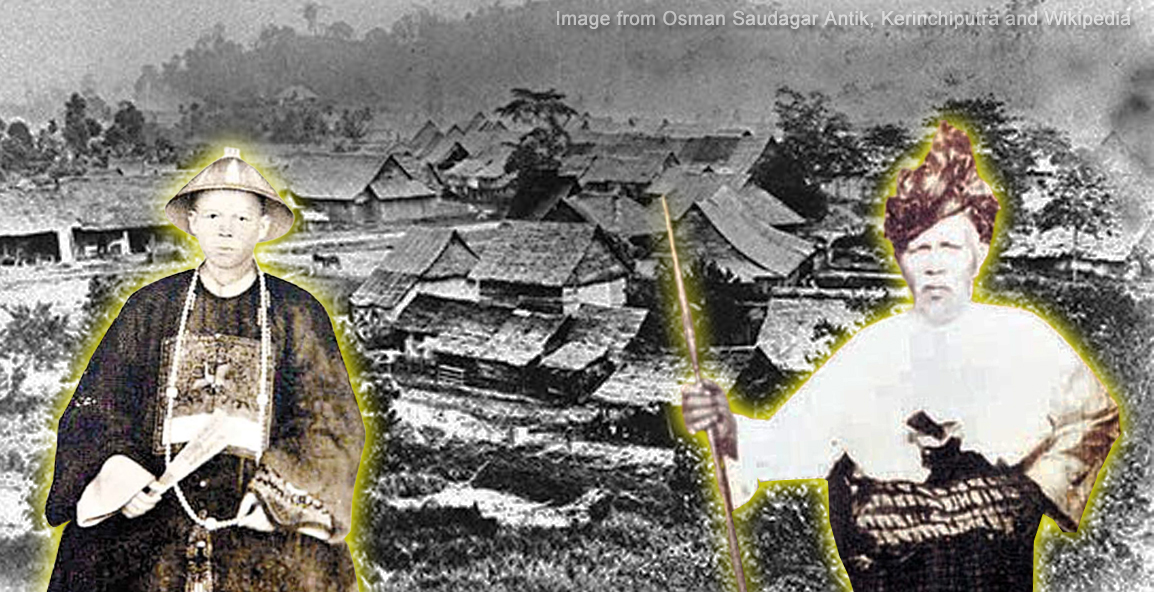
- 1.7KShares
- Facebook1.6K
- Twitter14
- LinkedIn4
- Email8
- WhatsApp70
(Artikel asal ditulis oleh rakan kami di SOSCILI dalam BM. Klik sini untuk baca!)
As you may know, Kuala Lumpur is the home (or second home?) to many people – about 7 million people – including some of you who are reading this. But let’s be real – while a lot of us can claim we’re key-el people, how many of us actually know the history of Kuala Lumpur?
We may be familiar with the name Yap Ah Loy since he was the one mentioned in our Sejarah textbooks. However, ever since 2018, some people are starting to believe that KL is founded by another guy named Sutan Puasa. So… who actually founded KL?
Let’s start with the guy we’re all familiar with…
Yap Ah Loy: the MAIN contributor to KL’s mining industry
Tbh, this guy needs no introduction. You remember him from Sejarah textbooks and you’ve seen his name on the streets. In fact, you could probably tell who he is just by looking at his picture!
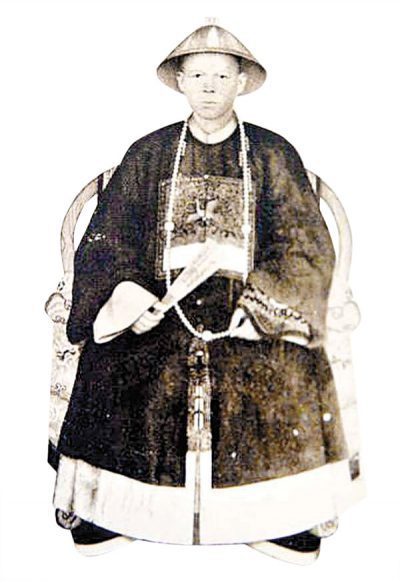
Yap Ah Loy, who was born in 1837 in Guangdong, China, traveled to Malaya when he was just 17. When he arrived in Malacca, he was given shelter by a man who had the same surname as him, Yap Ket Si. There he started his first job as a miner in Durian Tunggal, Malacca, and eventually married a local lady named Kong Kak Keown.
However, the tin mine where he worked eventually shut down, and Yap Ket Si, who was deemed as Yap Ah Loy’s uncle, decided to send him back to China via Singapore. Yap Ah Loy was given money for his ticket home but he eventually gambled it away while waiting for the ship to sail in Singapore, forcing him to stay longer in Malaya.
This was when he decided to follow another person with the same surname, Yap Fook (research papers kept calling him Yap Ah Loy’s relative though there isn’t any proof if any of these Yaps were related) to another mine in Lukut, Negeri Sembilan in 1856. Back then, Lukut was actually part of Selangor. There, he worked as a kitchen helper, miner, and petty trader.

Yap Ah Loy then traveled to Sungei Ujong to expand his trading activities, where he met Liu Ngim Kong. Liu was the personal bodyguard for a Chinese Kapitan (high-ranking govt position at that time) of the area, Kapitan Shin.
Yap Ah Loy was later appointed as Kapitan Shin’s bodyguard and fought alongside Kapitan Shin and Liu to break up a fight erupted between the Chinese and Malay in KL at that time. And then, he was eventually appointed the Chinese Kapitan in Sungei Ujong after Kapitan Shin died in the attack.
A year later in 1862, Yap Ah Loy received an invitation from Liu, who eventually became the (acting) Chinese Kapitan of KL to help Liu with his business. Yap Ah Loy’s courage and leadership abilities became the contributing factor to his appointment as the Chinese Kapitan of KL, succeeding Liu.
The tin mine business in KL boomed in 1879 when many miners came to KL. Yap Ah Loy wasn’t just great at managing businesses but also maintaining peace among 10,000 Chinese in town with just SIX policemen. He also developed a huge area in KL, founded the first Chinese school in KL and owned more than a quarter of the buildings built in the city at that time.
Oddly enough, there’s a different version of how KL started.
Sutan Puasa: Mandailiing’s leader, who boosted the economy in KL
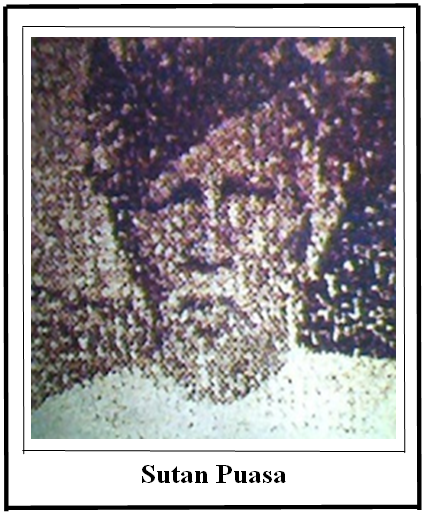
Contrary to the popular narrative of KL’s history where the name meant muddy confluence because it was founded at the confluence of the Gombak and Klang rivers, KL was said to have taken its name from the Lumpur river (now commonly known as the Gombak river). In this version of the story, KL was home to three ethnics – Mandailing, Riau, and Minangkabau.
Back then, it was believed that KL was known for its agricultural activities before it became a mining hub. And it was only in 1850 when the people who resided in KL discovered tin ores and took the opportunity to mine them.

Eh, but how come we never heard of this version of this story? Sure fake one, right??
Well, not really. This version of KL’s history began catching the public’s attention when Tan Sri Dr Khoo Kay Kim mentioned the name Sutan Puasa in 2017.
“The founder of Kuala Lumpur was Sutan Puasa, from Mandailing.” – Dr Khoo Kay Kim, as quoted by UKM News.
It was then made popular an independent scholar, Abdur-Razzaq Lubis wrote and published a book called Sutan Puasa, Founder of Kuala Lumpur. Based on years of his research, Abdur-Razzaq discovered that there are mentions of Sutan Puasa in Malay and Chinese sources.
“It is not completely true that little has been said. If you read the colonial bureaucrat-scholar S.M. Middlebrook’s biography of Yap Ah Loy, you will find Sutan Puasa mentioned in relation to the Chinese Kapitans and the general history of KL and Selangor. Eurasian planter Pasqual also wrote about him in the 1930s. He appears in J.M. Gullick’s history of KL, of which there were several versions.” – Abdur-Razzaq to The Star.

Sutan Puasa was also believed to have been among the contributors to the economic boost near the Gombak and Klang rivers. Now here’s a shocker – Dr Khoo Kay Kim was even quoted saying that it was the Mandailing community who was responsible for bringing the Chinese clan from Sungei Ujong to KL.
After the tin mining activities began in KL, it was believed that the population of the Malays in KL shrunk. So, the British established a Malay Agricultural Settlement Board to increase the population of the Malays. From there, seven kampungs were formed (aka the Kampung Baru we know now):
- Kampung Masjid
- Kampung Periuk
- Kampung Atas A
- Kampung Atas B
- Kampung Hujung Pasir
- Kampung Paya
- Kampung Pindah
But, the main question at the end of the day is…
…is the founder of KL Sutan Puasa or Yap Ah Loy??

Ok ok, calm down, everyone. For one, we know this may not exactly be breaking or the latest news #soz. But it’s worth noting that ever since Abdur-Razzaq’s book was published, everyone – historians and netizens alike – have been on a pretty heated debate on who the real founder of KL is.
Some people like historian Dr Ranjit Singh still believe that Yap Ah Loy is the founder of KL by the following the definition of the term ‘founder’.
“If the term “founder” refers to “builder”, “prime mover” or in the words of Carstens as “the person who expended the most effort in early years to build and develop the city”, the founder of Kuala Lumpur is undoubtedly Yap Ah Loy, the third Kapitan Cina of Kuala Lumpur.” – Dr Ranjit, an excerpt from his write-up to The Star.
However, if we were to follow this method, some people on the Net argued that the first Chinese Kapitan of KL should be the founder of KL.
Dr Khoo Kay Kim, on the other hand, believed that Yap Ah Loy was the person who developed KL and rebuilt the Chinese villages.
And worse, if you were to visit the KL City Council’s (DBKL) website to find your answer, you won’t find any! This is despite the suggestion made by former KL Mayor Tan Sri Ahmad Phesal Talib to review the founder of KL.

Actually, just as historian Dr Ranjit Singh mentioned, there isn’t a clear-cut answer to this. But we soon figured out that there is perhaps one answer to this – that BOTH of them (and other people) are founding fathers of KL.
We’re not simply saying this because it was reported that Abdur-Razzaq also mentioned other famous names in his book Hiu Siew (the first Chinese Kapitan of KL), and Raja Abdullah, whom he described as… the founding fathers of KL.
So, perhaps at the end of the day, the only thing that matters may be appreciating and celebrating the contribution of each person – founder or not – without discrediting anyone’s efforts who have contributed to the development of KL.
If you enjoyed this story and want more like this, please subscribe to our HARI INI DALAM SEJARAH Facebook group.
- 1.7KShares
- Facebook1.6K
- Twitter14
- LinkedIn4
- Email8
- WhatsApp70

